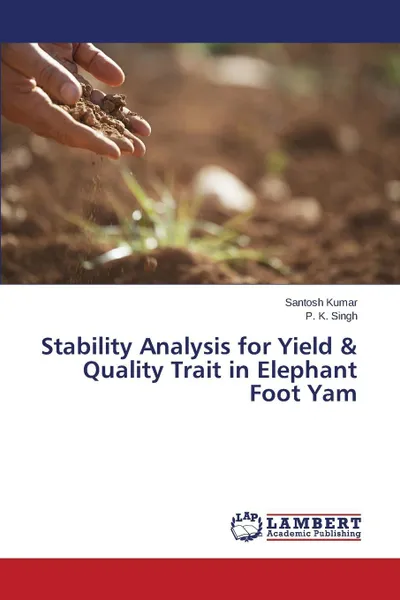Stability Analysis for Yield & Quality Trait in Elephant Foot Yam 12+
Автор: Kumar Santosh,
Singh P. K.
2015
92 страницы
Категория: Научная литература
ISBN: 9783659791833
Язык: Английский
📒 Tuber crops have been classified as the third most important food crops after cereals and legumes. Ayurveda emphasizes the use of Amorphophallus paeoniifolius as a food as well as a medicine and denotes the tuber as a ''Mahabhaishajyam'' i.e. superior medicine. The tubers are believed to have blood purifier property and are used in medicines for piles, asthma, dysentery and other abdominal disorders. It is valued nutraceutically and pharmaceutically as a rejuvenate agent and have high content of nutrients and minerals. Therefore, it is rightly referred as the ''KING OF TUBERS''. A detailed knowledge of genetic variability, heritability, genetic advance, correlation and path coefficient of various quantitative traits and their contribution toward yield is essential for enhancing crop maximum productivity. To characterise genotypes as to their range of adaptation and in identifying unusual performance at specific location, regression techniques are useful. Therefore, an attempt was made to insight in detail the study of variability, character association, and stability/ adaptability for thirteen characters among thirty-five genotypes across four environments.
Мнения
